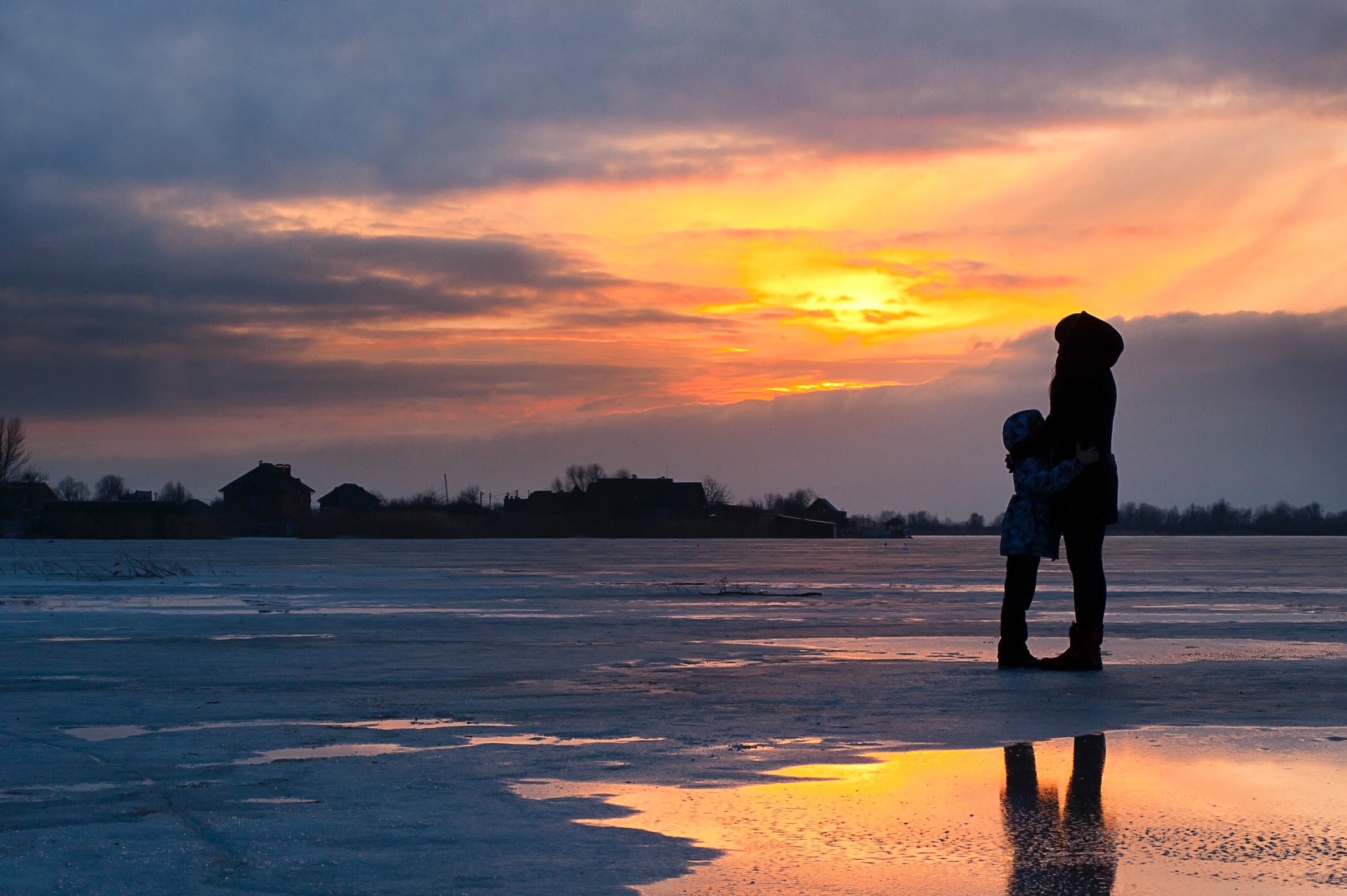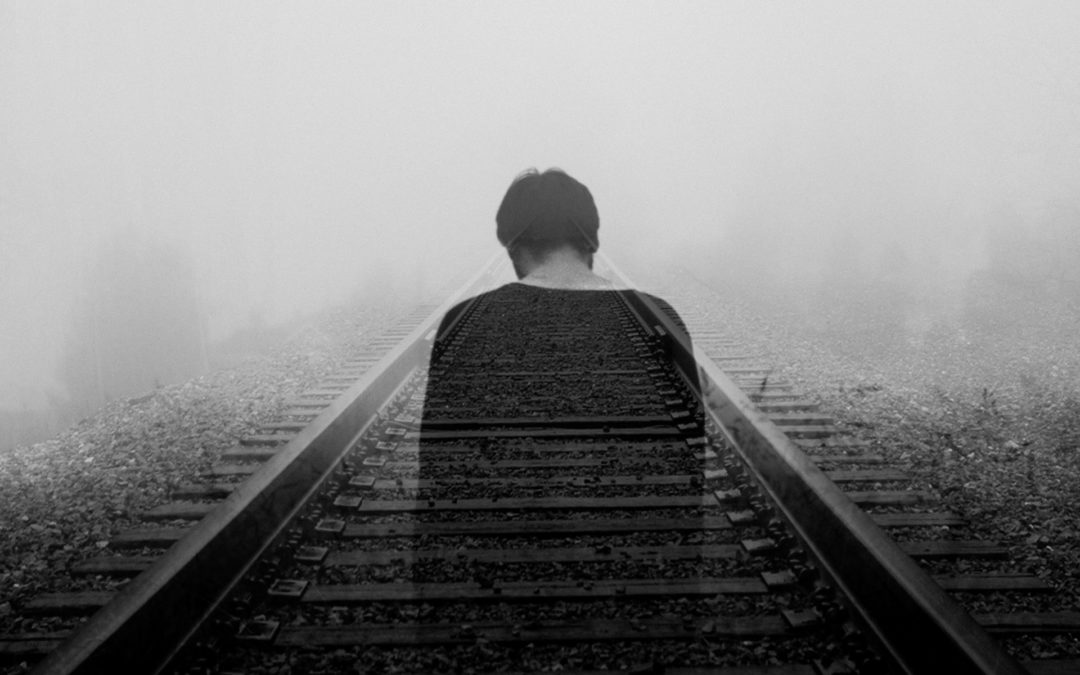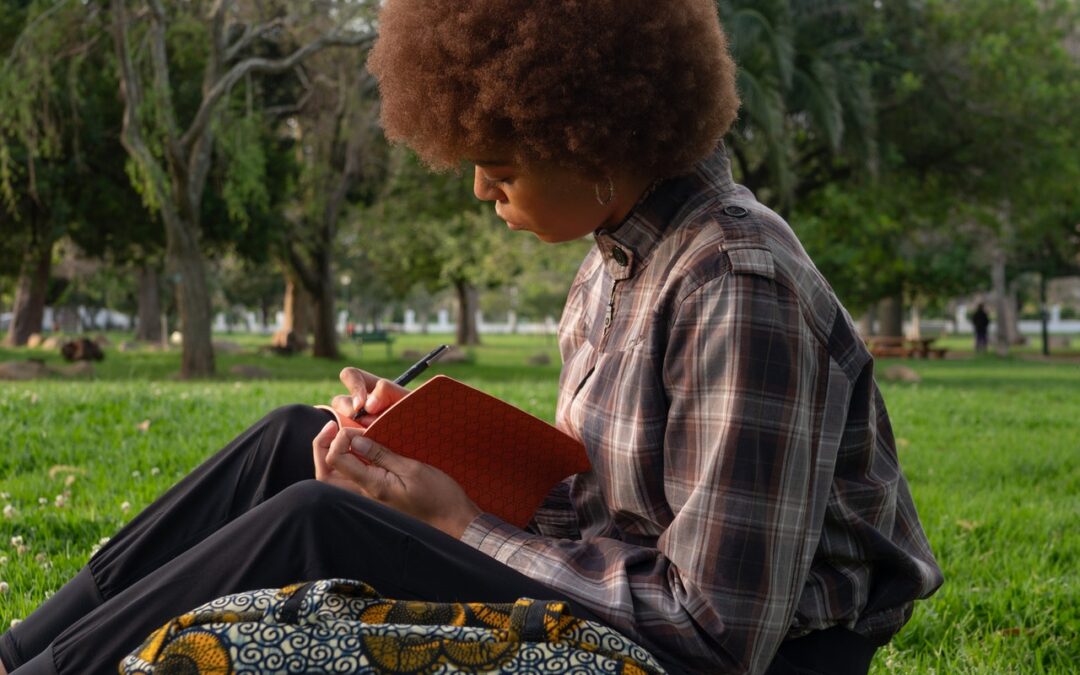
The Unbreakable Bond Between Mother And Child
For nine months you and I were inseparable. Our bodies and souls intertwined.
Your life began its long journey as you grew inside me. And as you grew, so did my profound new sense of purpose. A mother’s purpose.
On that wondrous day you were born, you left everything you knew behind. You entered this unfamiliar, bright new world and cried out; desperately searching for a familiar voice and a comforting touch. You quickly found your way to my loving embrace.
It didn’t matter that you were no longer inside me. You and I were still inseparable as I attended to your every need. Despite the immense work and challenges of caring for an infant, I cherished each tender embrace. Our souls were still indelibly intertwined.
As the days, weeks, and months passed, I reverently watched as you learned to navigate and adapt to your new world. I supported you with all of my love. In times of uncertainty, fear, or hurt, I whispered encouragement in your ear as I kissed away your tears.
Years passed. Although you gained independence as each new day and adventure unfolded, we still shared an unbreakable bond. No matter how far apart we found ourselves.
The strength of our bond faced its ultimate test on the day you died. A day I never expected to happen in my lifetime.
On the horrifying day you died, I left behind everything I knew about this bright world. I was transported into a darkness that was so intense and thick, it blocked out any trace of light.
I cried out, desperately searching for your familiar voice and loving embrace. But there was no trace of you. You were completely gone. I couldn’t understand how, but it felt as if our unbreakable bond had been severed.
Without you, I struggled to survive in this cold, dark, unforgiving new world. Despite family and friends at my side, I could feel no reason for living. Overwhelmed by unbearable pain, there were no signs of hope. I felt as though I wanted to die so I could be with you again.
But I did not die.
Like those early days, weeks, and months of your life, I was forced to learn how to navigate and adapt to this new world of mine. However, this time, you were not at my side. I ached to once again feel your touch, hear your voice, and feel at ease in your reassuring presence.
My eyes slowly began to adjust to this world. While I was no longer in the midst of complete darkness, this new world had no color; no brightness. Everything was dim and gray. All I saw was a horizon of endless pain and suffering.
I longed to feel our bond restored, but I feared it was irrevocably severed. You were constantly on my mind, but those thoughts brought no comfort; no bond. For they were thoughts of your death and my failure to keep you safe. I could think of nothing but all that I lost and would never get back.
Over time, I began to notice little things that gave me pause. Things that reminded me of you; reminded me of your beautiful life instead of your tragic death.
In the beginning, they appeared when I was suffering intensely and longing for your presence. I needed some sort of reassurance that it wouldn’t always feel this way. With each occurrence, I began to feel your presence once again.
I felt our bond beginning to be restored. It felt different than before, but the bond was still just as strong. Each small sign from you felt like a warm embrace and whisper of love as you comforted and guided me.
My anguished thoughts of your death were being replaced by loving memories of your life. Your vibrant joy that filled those memories began to add brightness and color to this new world of mine.
Though many years have passed since you died, you are still in my thoughts each and every day. I still see special signs that remind me of you, but not as often before. That’s because I don’t need them as much anymore. For I have learned to feel our bond just as strongly as I did when you were alive.
These days, signs from you usually come in flurries ahead of emotionally challenging days where your physical presence is especially missed. Days like your birthday or holidays such as Mother’s Day.
And while I would love to return to the world in which you and I were physically inseparable, I know without a doubt that our souls are still indelibly intertwined in this one.





 This website was inspired by the memory of Margareta Sol Kubitz in hopes of helping others work through the pain of grief.
This website was inspired by the memory of Margareta Sol Kubitz in hopes of helping others work through the pain of grief.